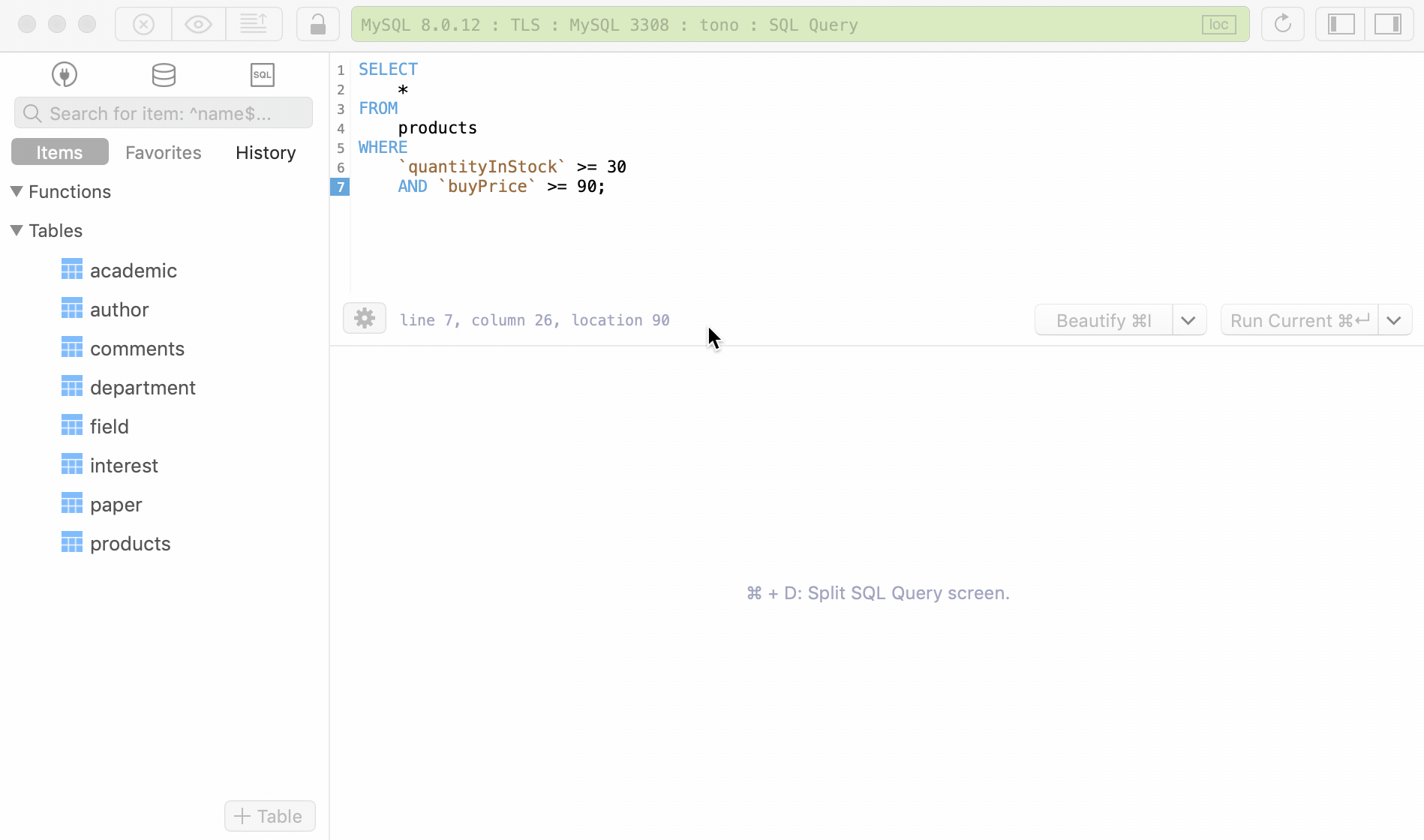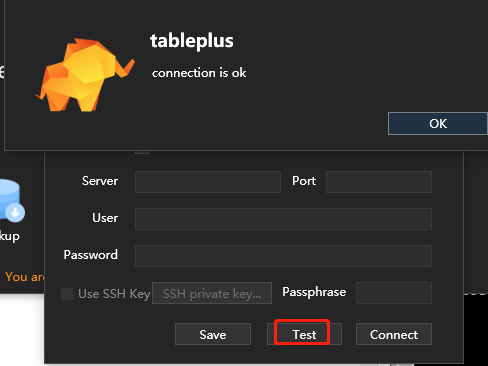

TablePlus shows queries result immediately after you hit execute instead of waiting for the results for be fully loaded.

You can use it for as long as you wantm there’s no time limit.
#Tableplus cassandra windows
#Tableplus cassandra mac
TablePlus offers a modern, native GUI client to develop, manage and maintain multiple Apache Cassandra databases simultaneously on Mac and Windows. You have to make the right choice for your specific use case.If you are looking for a good NoSQL manager to work with Cassandra on Mac or Windows, try TablePlus. You can change your data model, add an index, use another table or use ALLOW FILTERING. You should think about your data, your model and what you are trying to do. When your query is rejected by Cassandra because it needs filtering, you should resist the urge to just add ALLOW FILTERING to it. It will however not change anything regarding the need for ALLOW FILTERING, as it will still have to filter the loaded rows using the remaining predicate. Cassandra will then use the index with the highest selectivity to find the rows that need to be loaded. SELECT * FROM blogs WHERE author=’Jonathan Ellis’ and time2 = 1418306451235 Ĭassandra will request ALLOW FILTERING as it will have to first find and load the rows containing Jonathan as author, and then to filter out the ones which do not have a time2 column equal to the specified value.Īdding an index on time2 might improve the query performance. This is due to the fact that Cassandra can use the secondary index on the author column to find the matching rows and does not need to perform any filtering. SELECT * FROM blogs WHERE author = ‘Jonathan Ellis’ Ĭassandra will return all the blogs that have been written by Jonathan and will not request ALLOW FILTERING. If we add an index on the author column and execute the following query:

Cassandra is therefore warning you and relying on you to make the good choice. Unfortunately, Cassandra has no way to differentiate between the 2 cases above as they are depending on the data distribution of the table. If the query is often used, it is probably better to add an index on the time1 column. Cassandra will load 999, 998 rows for nothing.

On the other hand, if your table contains 1 million rows and only 2 rows contain the requested value for the time1 column, your query is extremely inefficient. If your table contains for example a 1 million rows and 95% of them have the requested value for the time1 column, the query will still be relatively efficient and you should use ALLOW FILTERING. The only way Cassandra can execute this query is by retrieving all the rows from the table blogs and then by filtering out the ones which do not have the requested value for the time1 column. Executing this query as such might not be a good idea as it can use a lot of your computing resources”. It is therefore warning you: “Be careful. If you want to execute this query despite the performance unpredictability, use ALLOW FILTERING.Ĭassandra knows that it might not be able to execute the query in an efficient way. In response, you will receive the following error message: Bad Request: Cannot execute this query as it might involve data filtering and thus may have unpredictable performance. If you now want only the data at a specified time1, you will naturally add an equal condition on the column time1: Let’s take for example the following table:Ĭassandra will return you all the data that the table blogs contains. While discussing with people at the London C* Summit, I realized that it was not always clear for them why Cassandra requires ALLOW FILTERING for some CQL queries and not for some others. Check out our Cassandra Indexing page to learn more about how you can get around the ALLOW FILTERING problem with Storage Attached Indexes (SAI) and try a hands-on exercise.


 0 kommentar(er)
0 kommentar(er)
